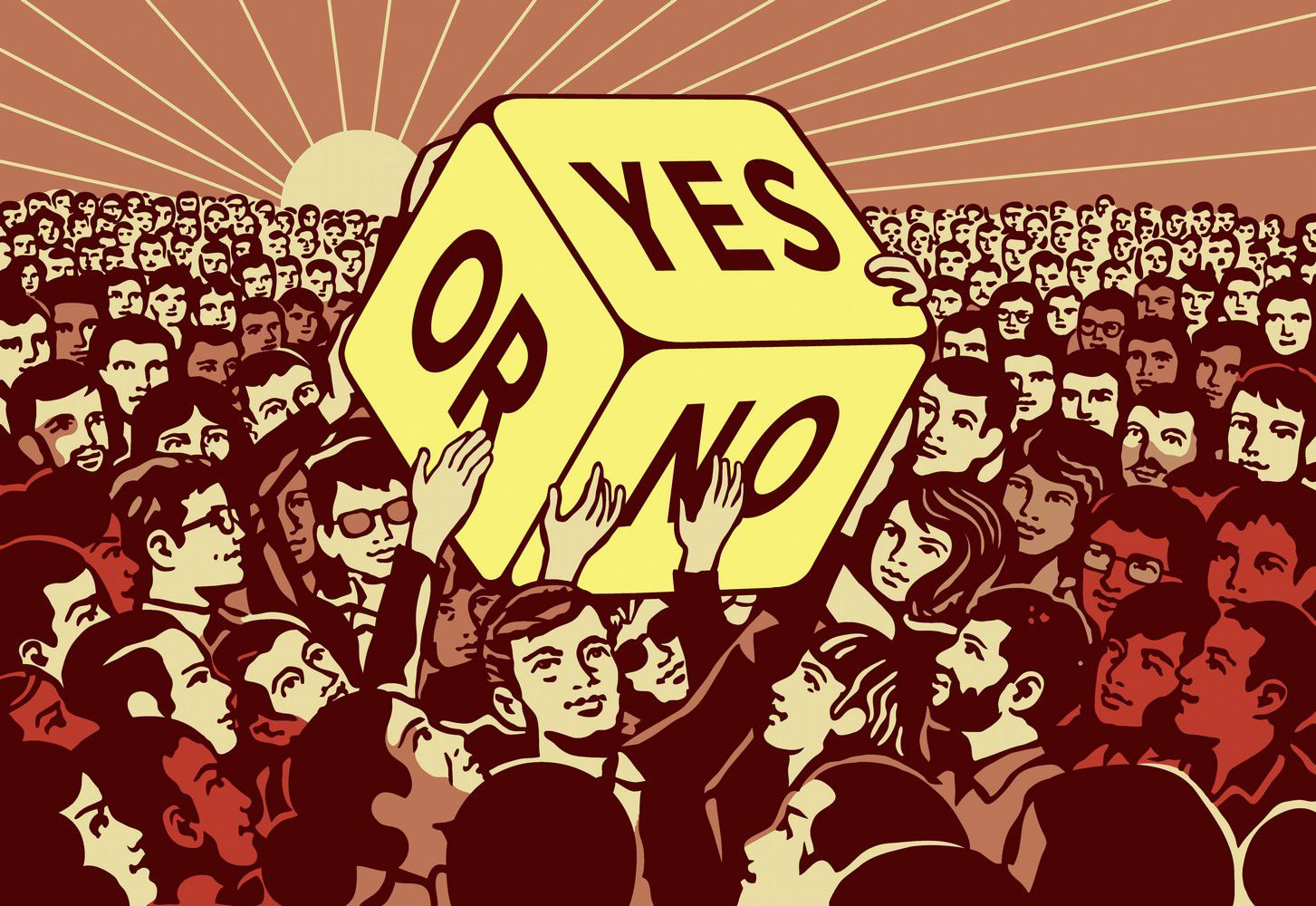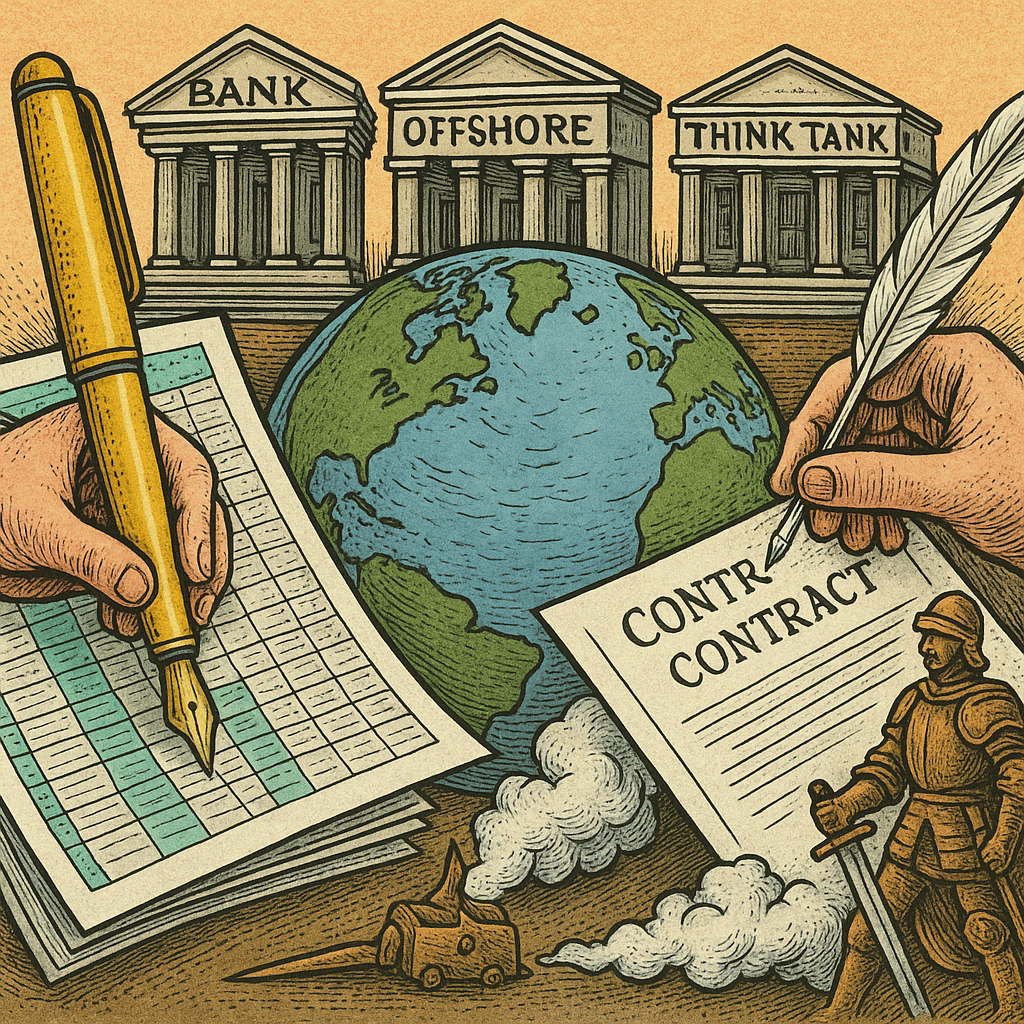1. Introduction
- Proportional Representation (PR) and Direct Democracy are two distinct concepts in political systems.
- Focus of this article: Understanding their definitions, mechanisms, and differences.
2. Proportional Representation (PR)
2.1 Definition
- Electoral System: PR is a type of electoral system where seats in a legislature are allocated based on the proportion of votes each party receives.
2.2 Mechanisms
- Party Lists: Voters select a party, and seats are distributed according to the percentage of votes each party gets.
- Thresholds: Some systems have a minimum vote percentage threshold to gain representation.
- Multi-Member Districts: PR typically uses larger electoral districts that elect multiple representatives. This is PR at the level of the constituency, not the nation.
2.3 Examples
- Countries: Many European countries, such as Germany and Sweden, use PR systems.
- Outcome: Encourages multi-party systems and coalition governments.
3. Direct Democracy
3.1 Definition
- Governance System: Direct democracy is a form of government where citizens directly participate in decision-making processes.
3.2 Mechanisms
- Referendum: Citizens vote directly on specific laws or policies.
- Initiatives: Citizens can propose new laws or amendments, which are then voted on directly.
- Recall: Citizens can vote to remove elected officials before the end of their term.
3.3 Examples
- Countries and Regions: Switzerland is known for its extensive use of direct democracy. Some US states use referendums and initiatives.
- Outcome: Empowers citizens to have a direct say in governance, bypassing representatives.
4. Key Differences
4.1 Representation vs. Direct Participation
- PR: Focuses on fair representation of political parties in the legislature based on vote share.
- Direct Democracy: Emphasises direct participation of citizens in decision-making processes without intermediary representatives.
4.2 Implementation
- PR: Used in legislative elections to ensure proportionality in representation.
- Direct Democracy: Used in specific policy decisions, lawmaking, and recalls, allowing citizens to vote directly on issues.
4.3 Government Structure
- PR: Leads to representative democracies where elected officials make decisions on behalf of the people.
- Direct Democracy: Allows citizens to make decisions directly, often complementing representative structures.
5. Benefits and Challenges
5.1 Proportional Representation
- Benefits:
- Fairer representation of diverse political views.
- Encourages coalition-building and collaboration.
- Challenges:
- Can lead to fragmented parliaments.
- Potential for unstable coalitions.
5.2 Direct Democracy
- Benefits:
- Empowers citizens and increases political engagement.
- Ensures that specific policies reflect the will of the people.
- Challenges:
- Supports short-term thinking: an be influenced by populism and short-term thinking.
- Requires an informed electorate to make sound decisions.
- Rational ignorance. When cost of acquiring new information outweighs benefits, voters do not acquire it and become rationally ignorant. Average voters spend <3 minutes per proposition!
- Bare majoritarianism. Representative democracy can create more consensual coalitions, rather than DD's bare majority rule. Should DD give majoritarian votes on minority rights?
- 'Lock-in effect'. DD system makes BIG changes to the governance system without considering long-term effects. Reversing them requires returning to the ballot box, costing much additional money and time.
6. Conclusion
- Complementary Roles: PR and direct democracy can complement each other, combining fair representation with direct citizen participation.
- Contextual Application: The suitability of each system depends on the political, social, and cultural context of a country.
Glossary of Terms:
- Proportional Representation (PR): An electoral system where seats are allocated based on the percentage of votes each party receives.
- Direct Democracy: A form of government where citizens directly participate in decision-making processes through referendums, initiatives, and recalls.
- Referendum: A direct vote by citizens on a specific law or policy.
- Initiative: A process where citizens propose new laws or amendments for a direct vote.
- Recall: A procedure allowing citizens to remove elected officials before the end of their term.









0 comments:
Post a Comment
Keep it clean, keep it lean